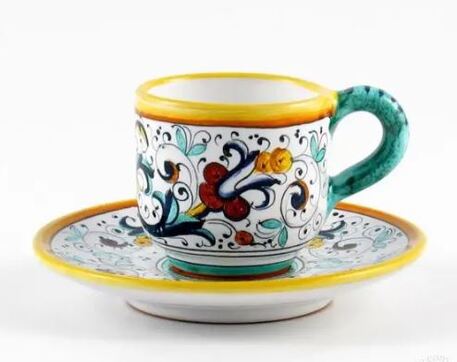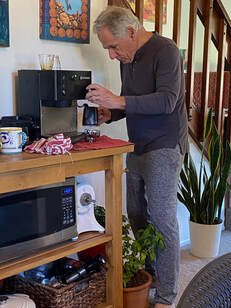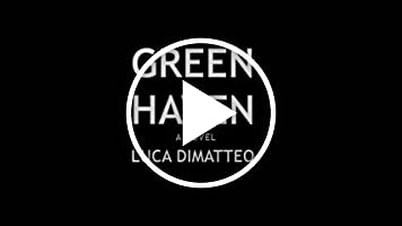WORDS OPEN OUR WORLD
Featured Blog |
Excerpts From My Desk |
Espresso Magic
|
Green Haven NewsThe Holidays are coming
Nothing says I care like a good mystery. Give a signed copy of Green Haven to someone you love. Order Green Haven today to read the entire mystery
Available at Amazon, Barnes & Noble, Mascot books, Your Local Bookstore, or Right Here. Readers Writing I have been posting chapters of Green Haven here for over a year now and it's time to hear from you. Do you have a short piece or part of a novel you're writing and want a chance to show it off? Send it to me at the link below. I am choosing one or part of one writing piece from those sent in for the next three months. Also send a link where fans can read the whole piece. What's New Need Writing or Content Editing Help?Finding it hard to start, continue or finish your next great masterpiece?
Let me show you how to keep on track and create a tailored approach to make your writing challenges writing successes. A Meeting with the AuthorIf you have a group interested in getting together to talk about Green Haven or speaking with me regarding what it takes to become a published author, please reach out.
Available in person or for virtual meetings. 
Thank you for visiting my website. If you have questions about anything on the site or about being an author, let me know. If you need help creating you next masterpiece I might be able to help.
Happy writing and reading! - Luca |
Get In Touch
|
I want to hear what you have to say.
Perhaps you have an idea for a book, article or blog and need some help getting started, or you're stuck, get in touch with me. I would love to help or share what I have learned. If you're interested in having me lecture please let me know. |




